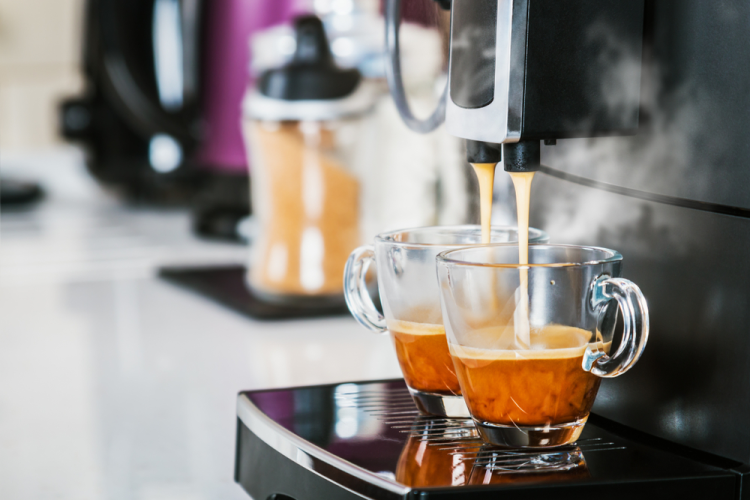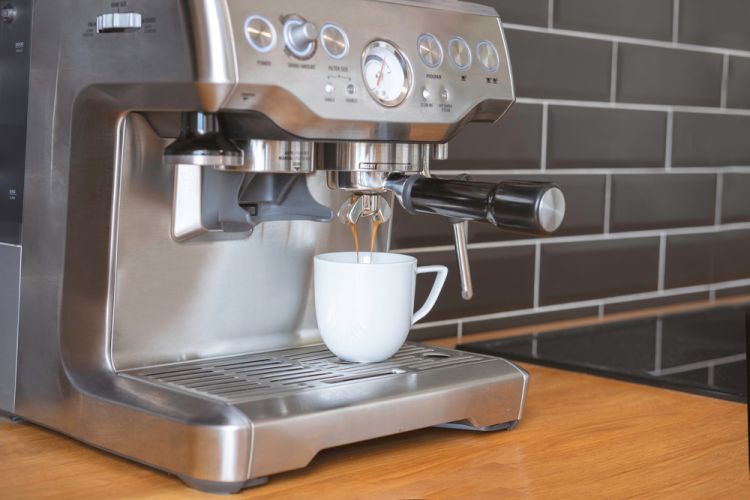One of the most common questions in the world of coffee making is: How do I use an espresso machine?
This simple question is asked so often because the answer is unfortunately not easy. Espresso preparation can range from a simple push of a button to a complex series of steps that require the skill and experience of a trained barista.
If you love to have a strong and intense espresso or a creamy coffee with milk, then there is nothing better than learning how to make these delicious blends from the comfort of your home.
This article will tell you everything you need to know to make espresso-style coffee and what can happen with it.
What Do You Need to Make Espresso?

Hot water
The water temperature required to prepare espresso must be hot but not boiling. The water used to make a shot of espresso must be between 195 and 205 degrees by the time it reaches the espresso flour.
If the temperature is too high, the coffee will taste bitter and tart. If the temperature is too lower, the coffee will taste poorly and thin.
pressure
The full taste of the espresso is extracted by high pressure and hot water. To brew a real espresso, you need a pressure of at least 9 bar.
For comparison: a Moka pot on the stove only creates 1-1.5 bar. Although it is sold as an “espresso pot”, technically it is not a “real espresso”. So although it exerts a certain amount of pressure, it is quite similar to espresso.
It goes without saying that French press and drip coffee are not brewed under pressure and are therefore not espresso either.
Coffee beans
How to use coffee beans in a small espresso cup using an espresso machine
The coffee used to make espresso is much more variable than you might think. Although there are many “espresso beans” and “quality espresso coffee” available in stores, the right choice actually depends on personal preference.
A dark or Italian roasted coffee bean releases more oils and is often a good choice for espresso. They have a rich depth of smell and the oils help make a thick crema. While dark roasts work well for this type of preparation, there is no reason why a light roast cannot be used as well. If you prefer floral or fruity notes in your cup of coffee and a lighter mouthfeel, a medium-light roast might be for you.
When choosing your coffee beans, it is important that you buy them as fresh as possible, preferably from a local roastery, because this will give you the best taste and aromas.
Types of espresso machines

Before we look at how to use an espresso machine, we mainly need to understand the other types of espresso machines that are out there. They differ in their design and how they work, with some giving you more or less control over the espresso brewing process.
Manual lever machine
a manual lever espresso machine
The manual espresso machine uses human strength to pull a shot. It usually has a single kettle, no pump, and uses a lever to create the pressure needed to brew the espresso. The barista does all the hard work and can to a letter control all the little variables like pre-brewing and pressure profiling to get the greater out of the different types of coffee.
Manual lever machines are rarely used today because they are hard work and require a lot of practice. Espresso can vary widely from batch to batch and these machines take time to work and are therefore not suitable for busy coffee shops.
Automatic
Automatic espresso machines are similar to semi-automatic machines, but they control the extraction time. The machine delivers an even shot size and often offers the option to choose a single or double shot. These machines are often used in busy coffee shops or for making espresso at home.
Final thoughts
The preparation of espresso has many variables, depending on the type of machine you have and the way you like to enjoy your coffee. It is a balance between art and science and leaves room for creativity within the recommendations. Whether you like to follow a set procedure or prefer to adjust each variable until you have mastered the preparation, making espresso is a fun and rewarding process.














